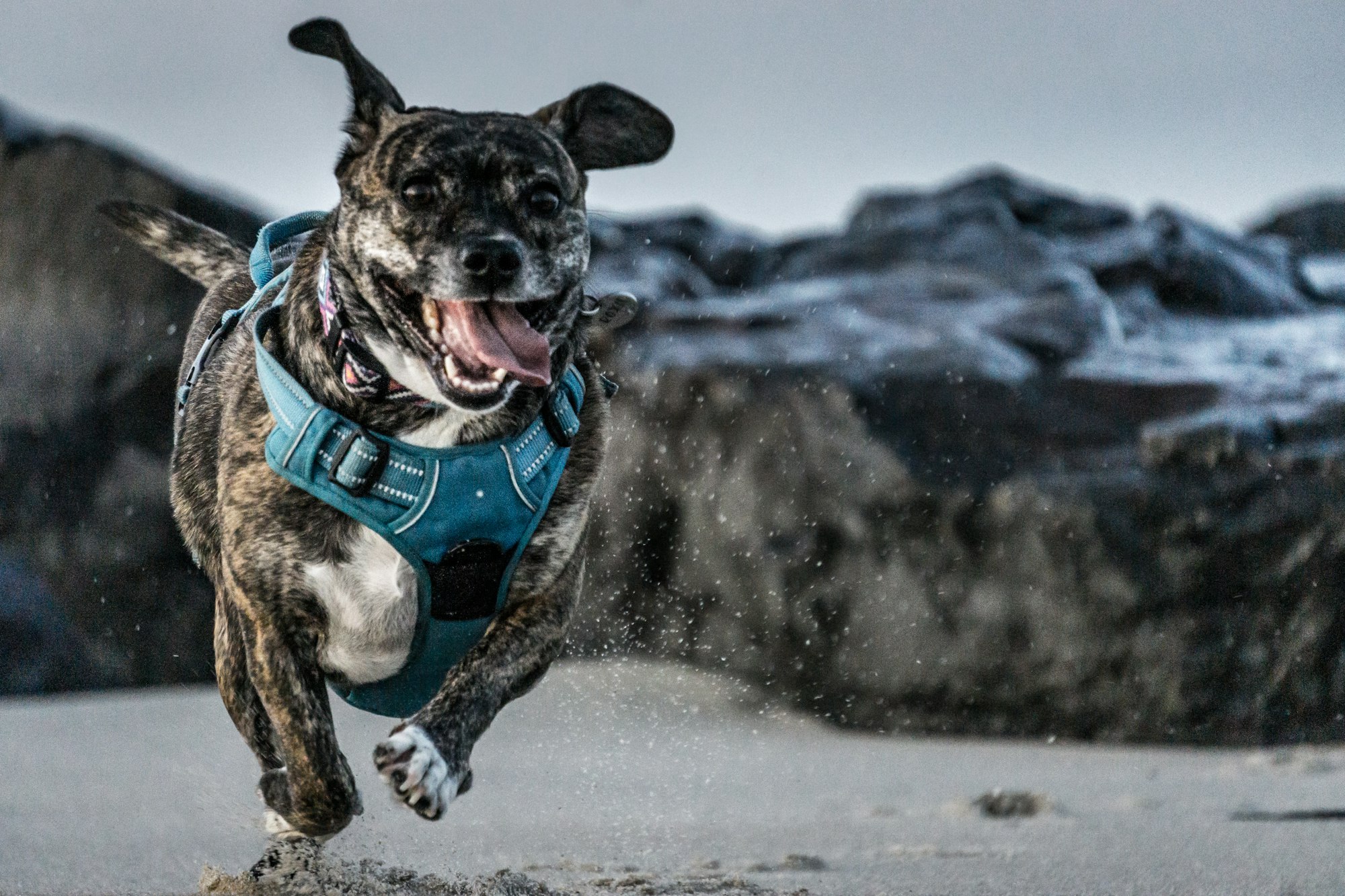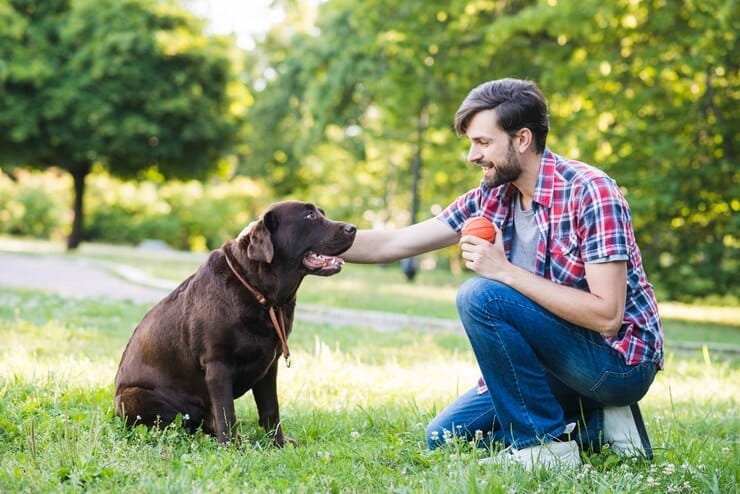Having a healthy and happy dog is the goal of many pet owners. Knowing how much exercise your pup needs is an important part of their health and well-being. Exercise is not only beneficial for physical health but also for mental health.
Regular exercise will help keep your pup at a healthy weight, reduce boredom, and help stimulate their minds. It is important to recognize the amount of exercise your pup needs and make sure it is appropriate for their age and breed. It is also important to monitor their activity and make sure it is safe and enjoyable.
By understanding your pup's needs and providing the right amount of exercise, you will ensure your furry friend stays healthy and happy.
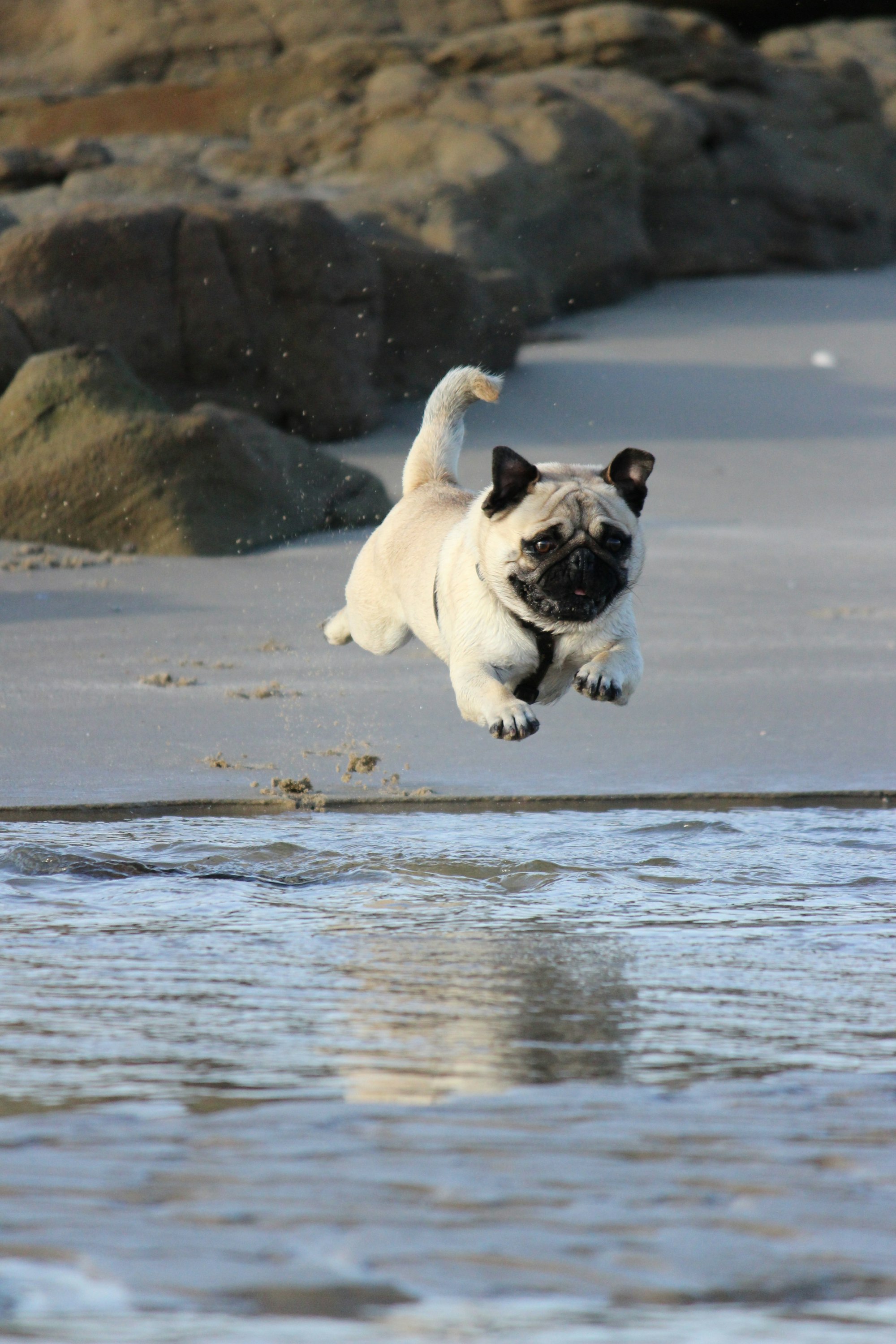
What Are the Benefits of Exercise for Dogs?
Exercise for dogs has many benefits for both physical and mental health. Regular exercise will help keep your pup at a healthy weight, reduce boredom, and help stimulate their minds. It is important to recognize the amount of exercise your pup needs and make sure it is appropriate for their age and breed.
It is also important to monitor your dog's daily physical activity and make sure it is safe and enjoyable. Exercising with your pup is a great way to strengthen your bond and have fun together. It also provides a guide for you to use when monitoring your pup's health. Exercising regularly, in the right amount, can decrease or even help prevent certain health issues such as obesity, joint pain, and diabetes.
How Much Exercise Does a Dog Need?
Determining how much exercise your pup needs will depend on their age, breed, health, and environment. It is important to monitor the amount of exercise your pup receives and recognize when they have had enough. Exercising too long or too hard can be harmful to your pup.
Exercise needs vary depending on these factors and others like the season, weather, and temperature. Different breeds of dogs also have different needs, so it is important to know your pup's breed. Generally, a shorter walk or play session is recommended for smaller breeds. All dogs should also have an indoor area to relax and rest as well.
The American Kennel Club recommends that dogs get at least 30 minutes of exercise each day. Dogs who are overweight will need more exercise than those at a healthy weight but all dogs should go for a walk each day regardless.
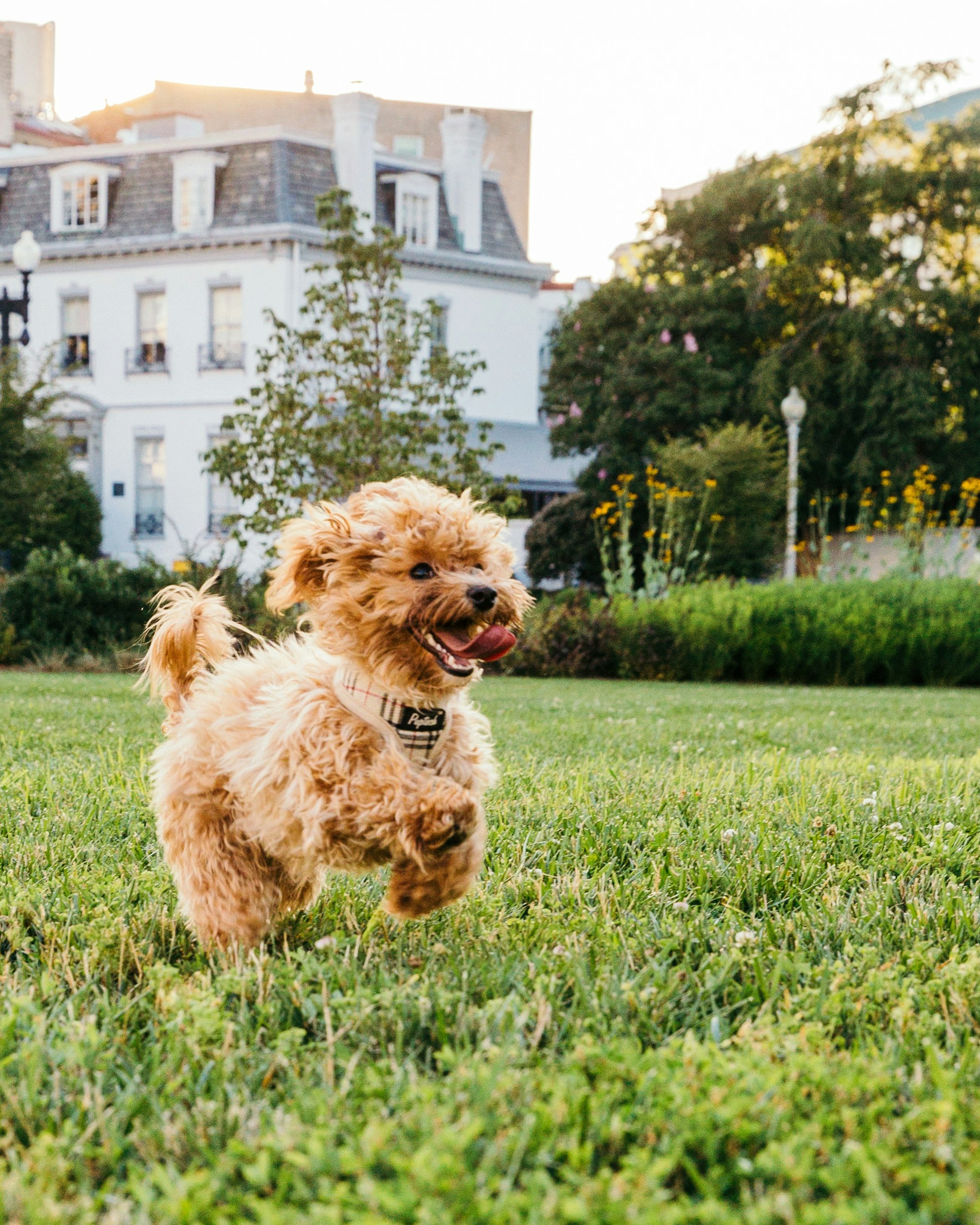
Factors to Consider When Determining Exercise Needs
In order to answer the question "how much exercise does a dog need?" there are several things to consider. How much exercise your dog needs depends on things like:
- Age - Puppies, senior dogs, and adult dogs have different exercise needs. Puppies under 12 weeks or 3 months of age benefit from regular socialization and exploration of the world around them. They don't need a daily exercise routine, just the ability to walk around, participate in training sessions, and learn about the world around them.
Puppies over the age of 12 weeks can start walking in short bursts every day to develop a daily exercise routine. Senior dogs need less exercise than healthy adult dogs need and may benefit from shorter walking sessions while still getting enough exercise every day. - Breed - Different dog breeds have different exercise needs than others. Working breeds like Border Collies or German Shepherds will require significantly more exercise than small-breed dogs.
Make sure your dog is getting enough exercise for their breed. Not only does it keep your dog healthy, but it can avoid behavior issues as well. For mixed-breed dogs, knowing the parent breeds can help determine how much exercise your dog may need. If you are uncertain, consult your vet. - Health - Before embarking on an exercise regimen, consult with your vet to ensure your dog is healthy enough to do so. For dogs with joint issues or arthritis that prevent daily walking, swimming is a great option to get your dog active, particularly on hot days. Keep in mind that toys are also a great way to stimulate your dog mentally and physically, even if they can't walk.
- Environment - Dogs who spend most of their time outdoors will likely need less formal exercise than dogs who are inside all day. Dog owners should be mindful of keeping indoor dogs adequately stimulated to avoid undesirable behaviors.
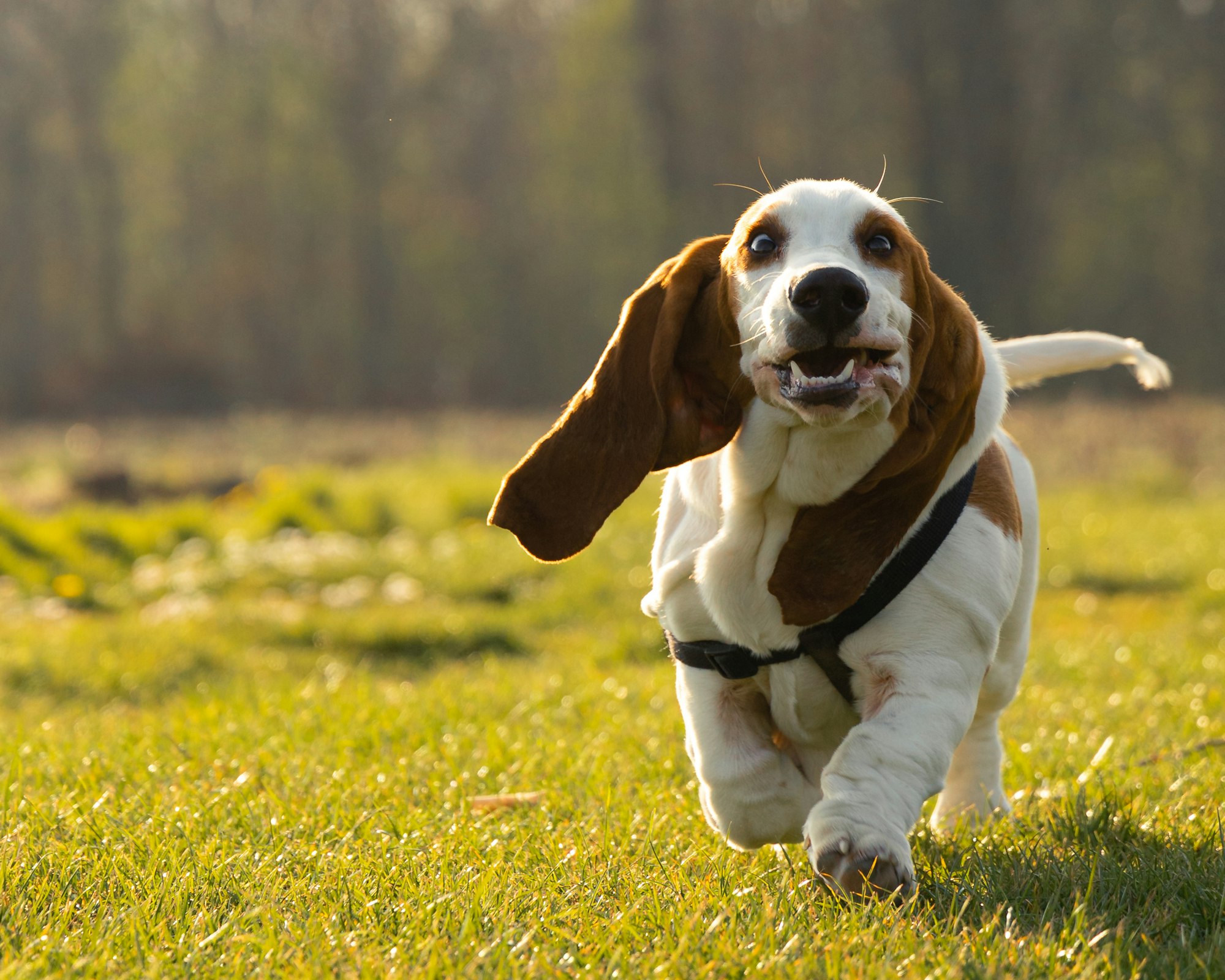
Safe and Appropriate Exercises for Dogs
There are many different types of exercises that you can do with your pup. Be sure they are safe and appropriate for your pup's health and abilities. Some examples of safe and appropriate exercises are:
- Walks - Walks are the most common exercise for dogs and can be done both indoors and outdoors. They can be done on a leash or off-leash in areas where it is appropriate. Make sure your pup is micro-chipped and their collar has identification.
- Swimming - Swimming is a great exercise for dogs and can be done indoors or outdoors. If swimming indoors, be sure the water is appropriate for your pup to avoid getting sick. Some pups may prefer a small pool or even a small kiddy pool. Swimming is a great way to help dogs with joint pain and increase their fitness level.
- Playing - Playing with your pup can be done indoors and outdoors. Some pups will enjoy fetching, while others prefer to chase balls. Playing is a great way to exercise your pup and strengthen your bond.
- Jogging - Jogging with your pup is a great way to get more exercise and even compete in races. Be sure your pup is up to the challenge before trying a jog. Start with shorter distances and work your way up.
Monitoring Exercise Levels
It is important to recognize when your pup has had enough exercise. When you are first starting an exercise routine, it is helpful to monitor your pup's behavior and breathing.
If your pup is breathing heavily, drooling, or showing signs of pain, they have probably had enough. If your pup is calm, enjoying themselves, and not too tired, they can probably keep going. It is important to listen to your pup and know when enough is enough.
If you notice your pup is fatigued, tired, or showing signs of over-exercise, make sure to stop. There are certain signs to look for that will tell you your pup needs a break.
- Panting - If you notice your pup is panting heavily, they may be over-exercised. Be sure to monitor this during different exercise sessions and know when they have had enough.
- Drooling - Drooling, especially in older pups, can be a sign of over-exercise. If your pup is drooling, they may be overheated or just very tired. Be sure to take them out of the situation and give them a break.
- Pale or blue gums - Pale or blue gums are another sign of over-exercise. If you notice your pup's gums are pale or blue, they have probably been exercising too hard. Stop the exercise and provide water.
Activity Trackers
Fi GPS collars offer a great way to keep track of how much exercise your dog gets on a daily basis. These collars have a built-in activity monitor that tells you how often your dog walks, when they went for a walk, how long they exercised for, and even when they sleep. You can have access to real-time information on whether your dog is meeting their daily activity targets and whether they are getting enough rest.
Final Thoughts
Dogs should get approximately 30 minutes of activity each day but many dogs don't get enough. It's important to keep your dog active to maintain their health. Most dogs do well with daily walks and training or play sessions.
It's important to provide a healthy and active environment for your pup as well as monitor their exercise routine. Make sure their exercise routine is appropriate for their age, breed, and health.
Dogs who spend most of their time outdoors will likely need less formal exercise than those who are inside all day. Dog owners should be mindful of keeping indoor dogs adequately stimulated to avoid behaviors that are undesirable.
When it comes to exercise for dogs, the key is to find an activity that your dog enjoys and that makes them happy. It is also best to choose an exercise routine that is safe and appropriate for your dog's age and health.
If you have any questions about exercise or need help in choosing an exercise routine, check with your vet. It is always best to exercise your dog outside in a secure area. If that isn't possible, you can still exercise your dog, but keep them leashed while they are moving steadily.
Exercise is important for your dog's health and behavior. Dogs who get too little exercise may become bored and destructive. On the other hand, over-exercising or doing too much exercise can be harmful to your dog's health and could lead to injury. Make sure you find the right exercise for your dog based on their age, breed, and health, and make sure you do it safely.
